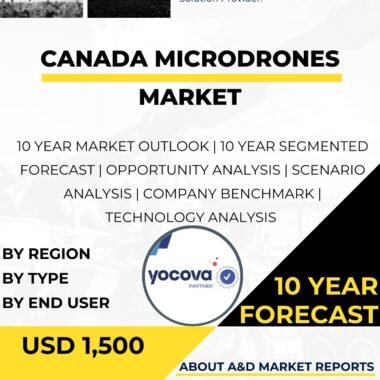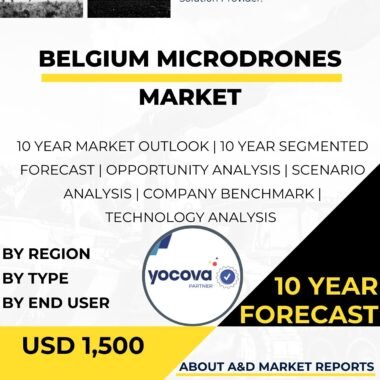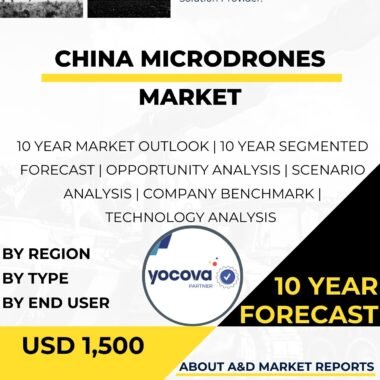Description
South Korea Microdrones Market Overview
The South Korea microdrones market is a fast-growing segment of the country’s defense and aerospace industries. It focuses on small unmanned aerial vehicles (UAVs) used for military and civilian purposes. Microdrones, also called mini-drones, are valued for their compact size, agility, and versatility. South Korea has strengthened this market through local development, strategic partnerships, and technology innovation.
Applications of Microdrones in Defense
Reconnaissance and Surveillance
Microdrones are widely used for reconnaissance, surveillance, intelligence gathering, and target designation. Their small size and low visibility make them ideal for covert operations. South Korean infantry units use microdrones to monitor battlefields in real time. This enhances situational awareness and reduces risks to ground forces.
Maritime Security
Microdrones also support maritime security. They monitor illegal fishing and patrol coastal areas. Their ability to operate in confined spaces such as ports makes them essential for protecting South Korea’s waters.
Civilian and Commercial Uses
Agriculture
In agriculture, microdrones assist in crop monitoring, precision farming, and pest control. Equipped with cameras and sensors, they provide data on crop health, water stress, and yield potential. This allows farmers to make informed decisions and adopt sustainable practices.
Environmental Monitoring and Disaster Response
Microdrones are used to monitor air quality, detect environmental hazards, and assess natural disasters. During emergencies, they provide real-time information to first responders. This supports faster and more effective disaster management.
Indigenous Development in the South Korea Microdrones Market
Local companies such as LIG Nex1 and Hanwha Aerospace lead the development of advanced microdrones. These UAVs are tailored to meet the specific requirements of South Korea’s military and civilian sectors. Indigenous development ensures system reliability, compatibility, and operational readiness.
Strategic Partnerships and Technology Integration
South Korea partners with international defense and tech companies to improve microdrone capabilities. These collaborations enable joint research, technology transfer, and system integration. Such partnerships drive continuous innovation and strengthen local UAV technologies.
Research and Development
R&D efforts focus on extending microdrone endurance, range, payload, and autonomy. Advanced sensors, communication systems, and AI algorithms improve intelligence gathering and operational efficiency. Continuous innovation ensures microdrones remain adaptable to evolving mission needs.
Training and Operational Readiness
South Korea emphasizes training for military and civilian operators. Programs teach effective use, maintenance, and tactical deployment of microdrones. Skilled personnel maximize operational efficiency across all applications.
Cybersecurity Considerations
Microdrones incorporate digital technologies, which can be vulnerable to cyber threats. South Korea invests in robust cybersecurity measures to protect microdrone operations and safeguard defense infrastructure.
Conclusion: Future of the South Korea Microdrones Market
The South Korea microdrones market plays a vital role in defense, agriculture, environmental monitoring, and disaster response. Indigenous development, strategic partnerships, and technological innovation have made South Korean microdrones reliable and versatile. As the UAV sector grows, continued investment will enhance national security and expand the country’s capabilities in military and civilian applications.




